The Fluminense badge is one of the most representative symbols of Brazilian football. Although it has undergone few changes over the years, its design remains charming and unique. This badge was elected by the renowned English magazine FourFourTwo as one of the most beautiful football club badges in the world.
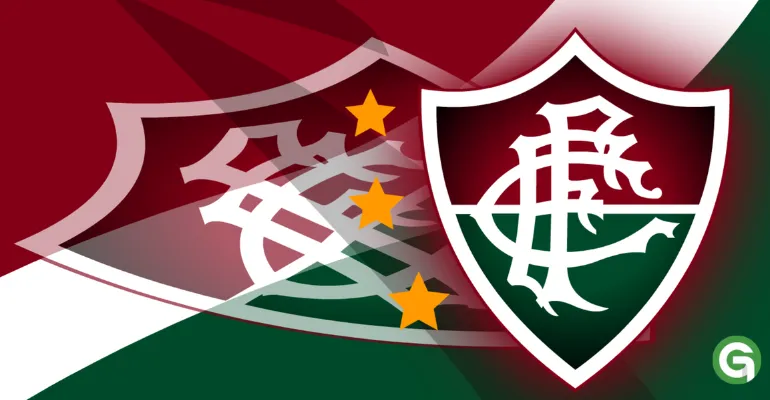
As one of the pioneers of Brazilian football, the Fluminense badge carries a rich history and interesting details. BRG365! Let's dive into this story.
History and Origin of the Fluminense Badge
The current Fluminense badge is composed of the colors red, green, and white, but the original version was quite different. The first version of the badge was created in 1902 by Oscar Cox, one of the main founders of the club. At that time, the badge was made up of the colors gray and white, with the letters "FFC" in red in the center.
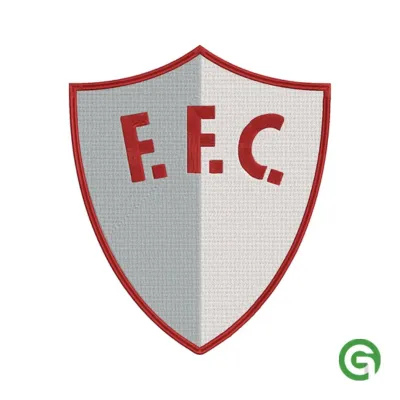
The Shift to the Tricolor Flag
In 1904, the design of the badge underwent a significant change. The reason for this alteration was the difficulty that Oscar Cox faced in trying to choose the desired colored fabrics. During a trip to London, Cox saw a shirt in tricolor colors, which inspired him to change both the badge and the club's uniform. Thus, the colors of the badge were incorporated not only into the uniform but also into the design of the badge.
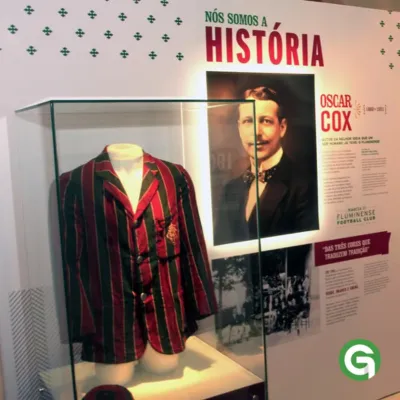
In 1905, the badge began to include red (shade of crimson), green, and white, marking a major shift in design. At the same time, the design of the badge was also adjusted: the top was colored green, the bottom red, and the initials of the club were arranged in an intertwined gothic font, forming the style we know today. This change is believed to have been inspired by Oscar Cox during his trip to Europe.
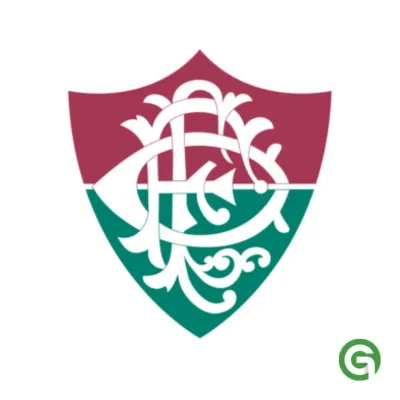
Over time, the shade of red shifted from brown to traditional red and then back to brown, reflecting this change in color both in the uniform and in the badge.
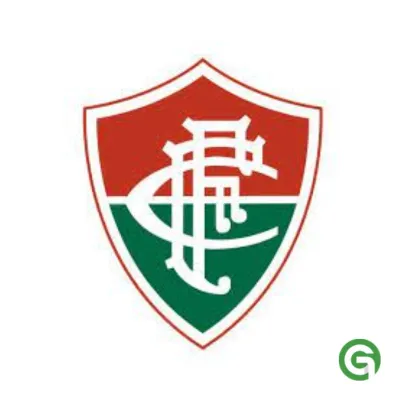
➡️Fluminense Titles: A History of the Club's Titles
Important Details
In the 1980s, the Fluminense badge underwent another significant change, with the addition of a significant detail. To celebrate the state championship tri-championship of 1983, 1984, and 1985, the club's board decided to place stars on the badge, representing the three championship-winning teams. Each star symbolized one of the victories, and three symbolic trophies were placed at the top of the badge. Other design changes occurred in the 1910s and 1930s.
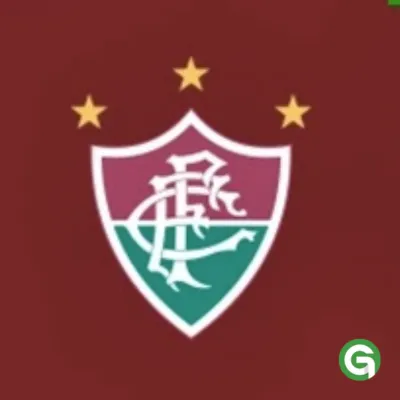
The Final Fluminense Badge
This was the last major alteration to the Fluminense badge, which later underwent a modernized update. The new design adopted deeper shades of green and brown and made minor adjustments to the abbreviations, but the overall shape remained practically the same.
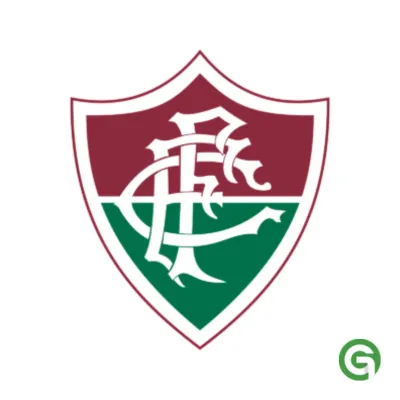
The Fluminense badge is not only a symbol of the club's history but also one of the most beautiful insignias in world football. It reflects the rich tradition of the club and its influence on the culture of football. Whether in the past or present, the Fluminense badge continues to shine with a unique glow.
Recommended reading: Cruzeiro Badge: Its History and How It Came About Cruzeiro Badge: Its History and How It Came About